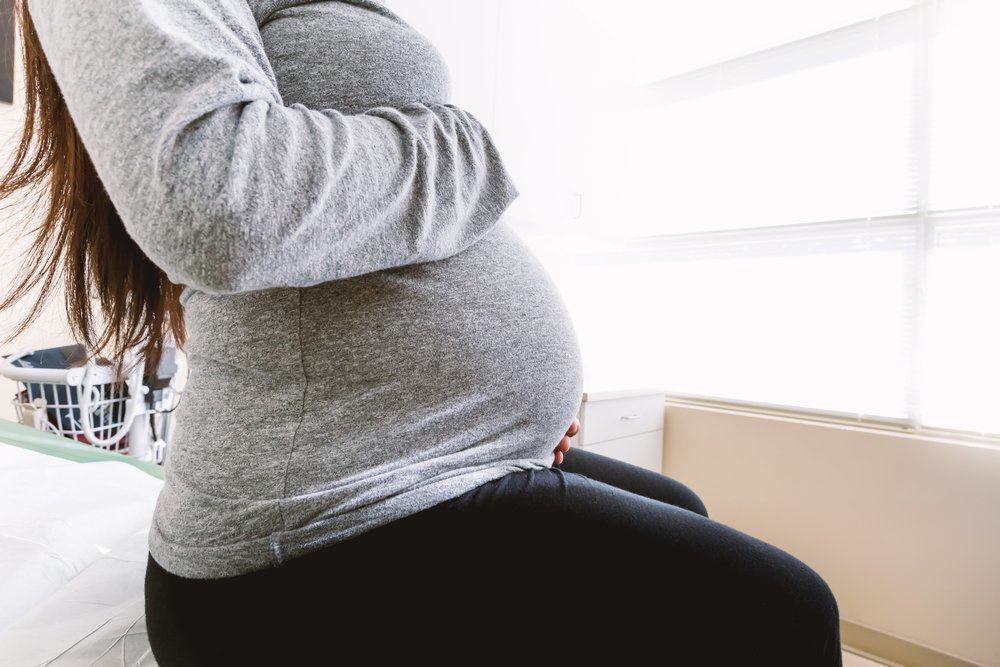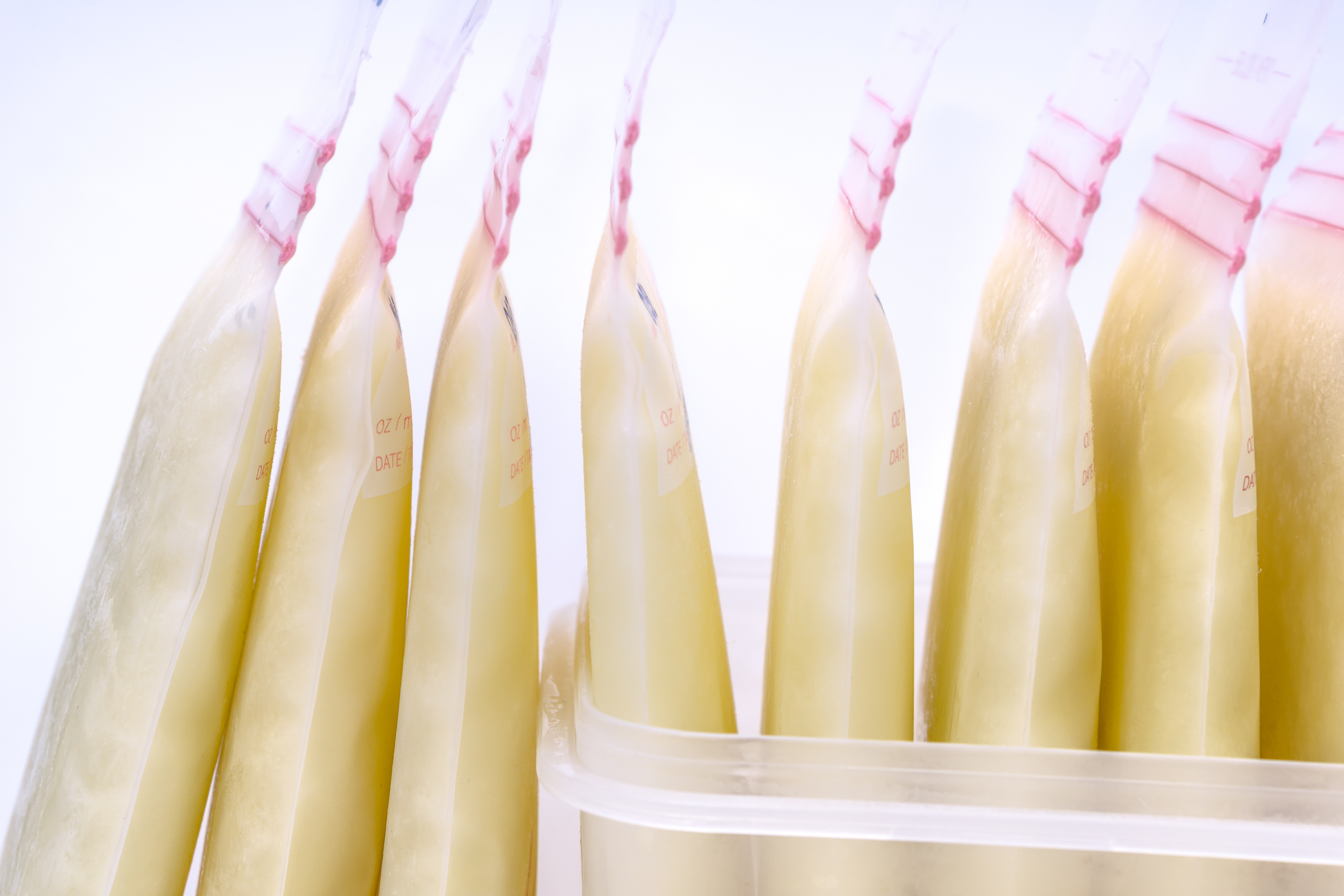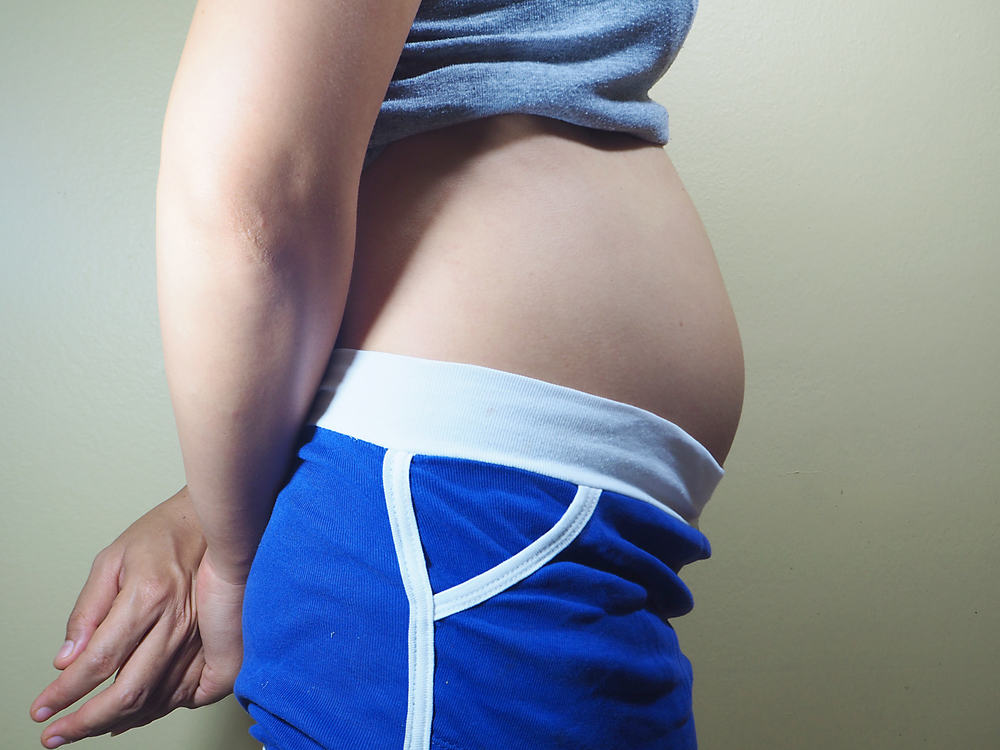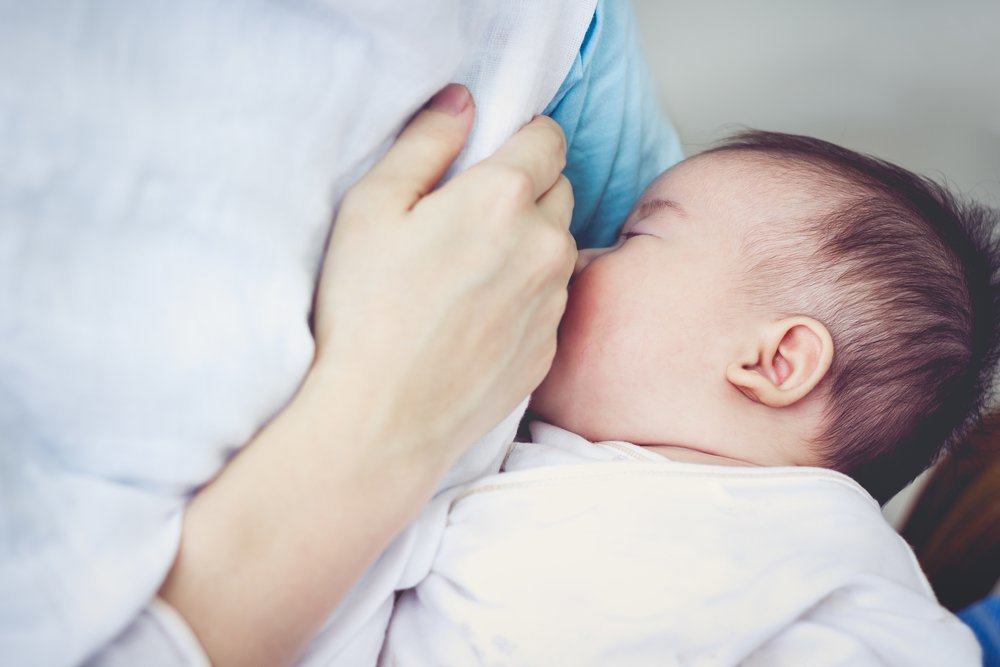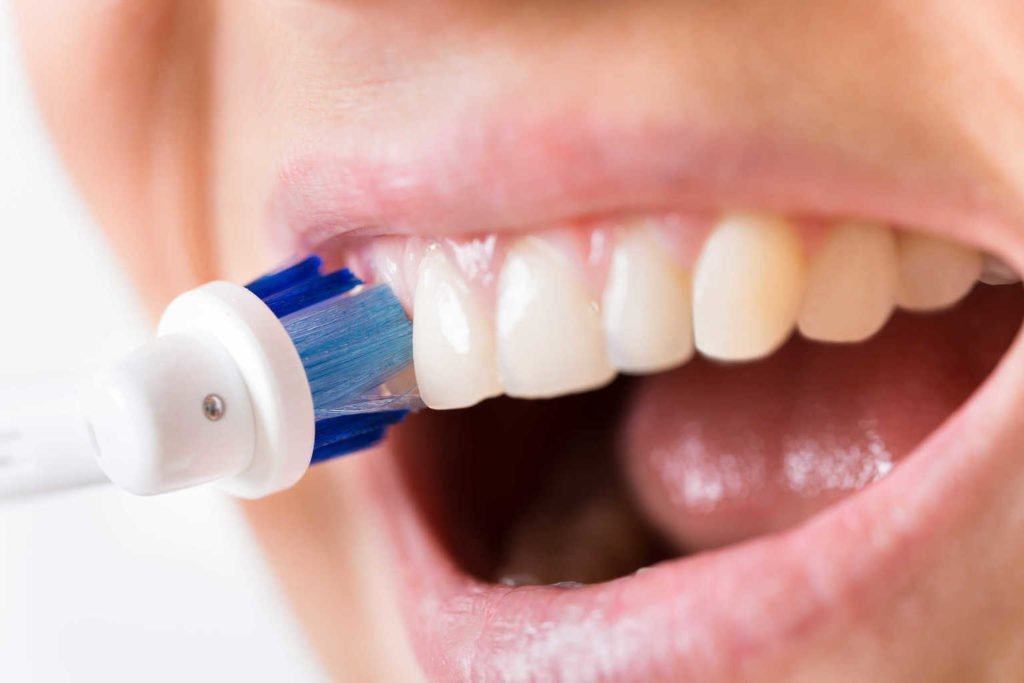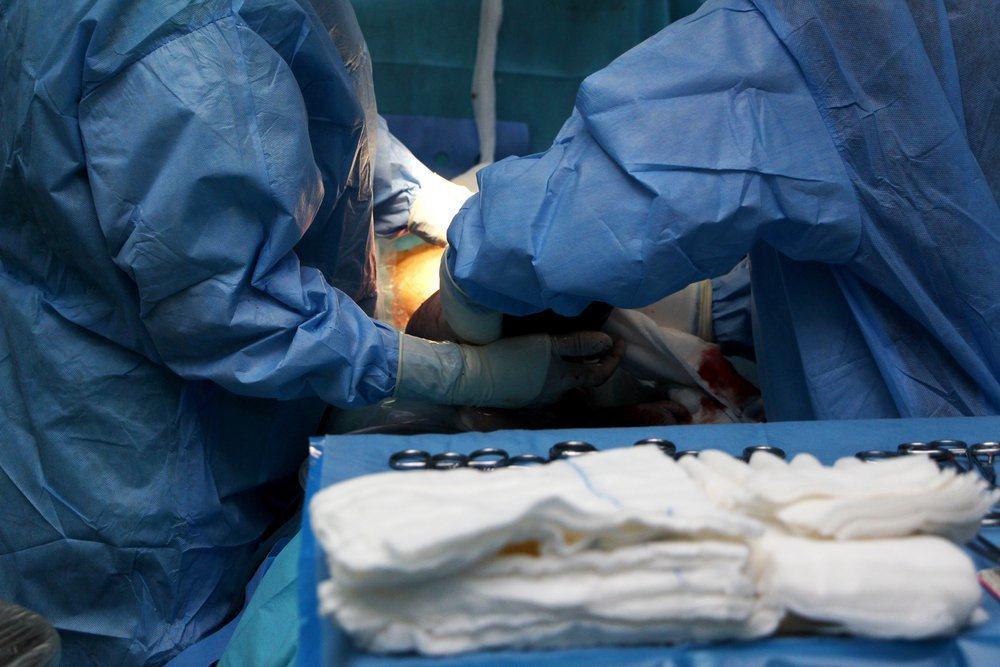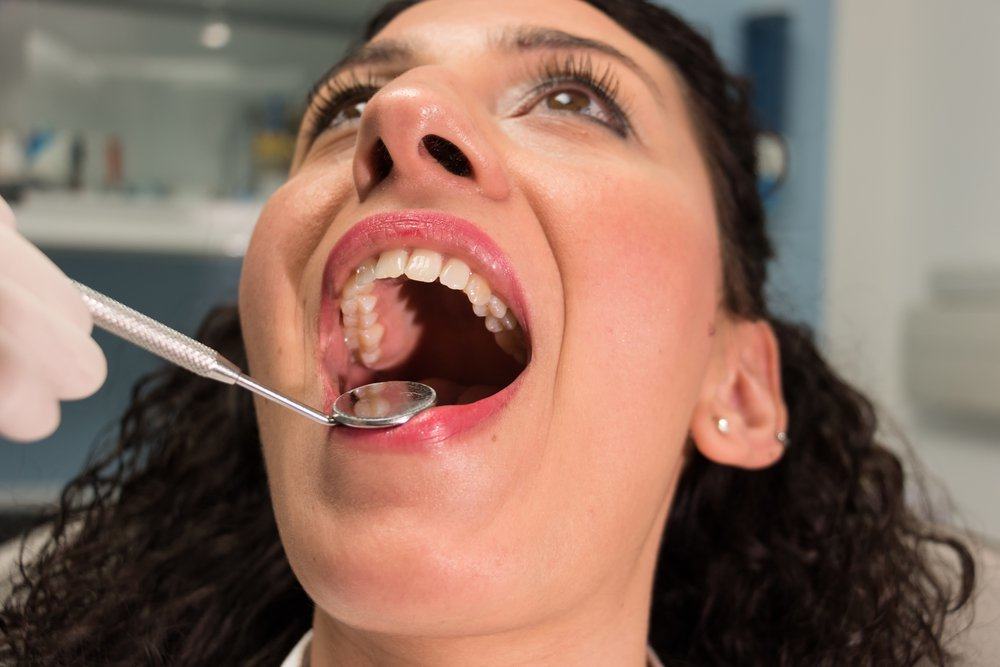Contents:
Medical Video: Why Are Fingerprints Unique?
He said, every trace of grooves, arches, and waves that are on the ends of each person's fingers is not the same. The pattern formation found in each finger from one hand also varies.
Chances are you find another set of fingerprints that is truly duplicate directly from your own, only one of the 64 billion possibilities. But until now, there have not been found two people in the world who have the exact same fingerprint. Even a pair of identical twins have fingerprints that are completely different, even though they share the same DNA. How come?
Before further finding out the reason behind this uniqueness, it's important to know why humans can have fingerprints.
How can fingerprints be formed?
Although scientists agree that fingerprints began to develop around the 10th week of pregnancy and will be complete by the end of the 4th month, no one knows for sure the exact process until the fingerprint is created. The most accepted theory states that fingerprints formed from a fetus that is busy moving around touch the amniotic sac wall, thus creating a unique print.
Human skin has several layers, and each layer has a sub-layer. The middle layer of skin, called the basal layer, is squeezed between the inner skin layer (dermis) and the outer skin layer (epidermis). In the fetus, the basal layer grows faster than the neighboring layer, so it curves and folds in all directions. While the basal layer continues to grow stretched, this pressure causes two other layers of skin to be attracted to; causing the epidermis to collapse folded into the dermis.
READ ALSO: Why Do Fingers Become Old After Wrinkles in Water?
Nerves are also said to play a role in the process of forming fingerprints, because experts suspect nerves are the origin of forces that attract the epidermis. This fold process will continue to occur until finally it produces a complex and unique pattern that we see at our fingertips today.
Fingerprint is a marker of permanent identity
Even in death, our fingerprints will remain - it is very easy to identify bodies. This is because the fingerprint pattern code is embedded so deeply beneath the surface of the skin that it can be said to be permanent. And, even though it can wear out from exposure to extreme conditions, fingerprints will grow back once exposure to abrasive, sharp, or hot conditions subside.
READ ALSO: Why Do Paper-Cut Fingers Feel Very Painful?
In some cases, fingertip damage can be very severe and have a profound impact on the skin generating layer, resulting in permanent changes in fingerprints. Experts report that the scars produced - whether from burns or sharp objects - can be encoded permanently following the fingerprint pattern.
There are three basic types of fingerprint patterns
You may have heard that everyone has a different fingerprint. But there are certain patterns shown by fingerprints. Fingerprints are divided into 3 basic types: loop (loop), arch (arch), and thread (whorl). The curvature is further broken down into plain arches and hood arches.
Here's the diagram so you can distinguish more clearly.
The proof texture pattern on your fingertips has two general characteristics for each fingerprint: the edge of a hill and a branch. The order from each end of the hill and branching are different at each fingertip. The tip of the hill is a screw that ends suddenly; Branching is created from one end of the hill that divides in two and continues as two new lines in different directions.
Then, why is everyone's fingerprint different?
The pattern of fingerprint prints has settled as what you have today when the fetus reaches the age of 17 weeks. This development depends not only on genetic factors, but also on unique physical conditions.
Countless factors are predicted to influence the formation of patterns; including blood pressure, oxygen levels in the blood, maternal nutrition, hormone levels, position of the fetus in the womb at certain times, the composition and thickness of the amniotic fluid circling around the baby's fingers when they touch the amniotic sac wall and its surroundings, to the finger pressure when the baby touches the surrounding environment. Researchers believe that a myriad of variables can decide how each mold path at the fingertips of every human being can form.
The level of fetal activity and the diversity of conditions in the womb generally prevents fingerprints from developing in the same way for each fetus. The whole process of child development in the womb is very chaotic and random so that, throughout human history, there is almost no chance that the exact same pattern can be formed twice. Thus this also means that the fingerprints on each finger from the same owner's hand will be different. Likewise with the other hand.
READ ALSO: 15 Interesting Facts About Kidal People
Psst ... Did you know that there are innate genetic disorders that can make a person born without fingerprints? People with Naegeli-Franceschetti-Jadassohn Syndrome (NFJS), Dermatopathic Pigmentosa Reticularis (DPR), or Adermatoglyphia are known to have no fingerprints at all.


